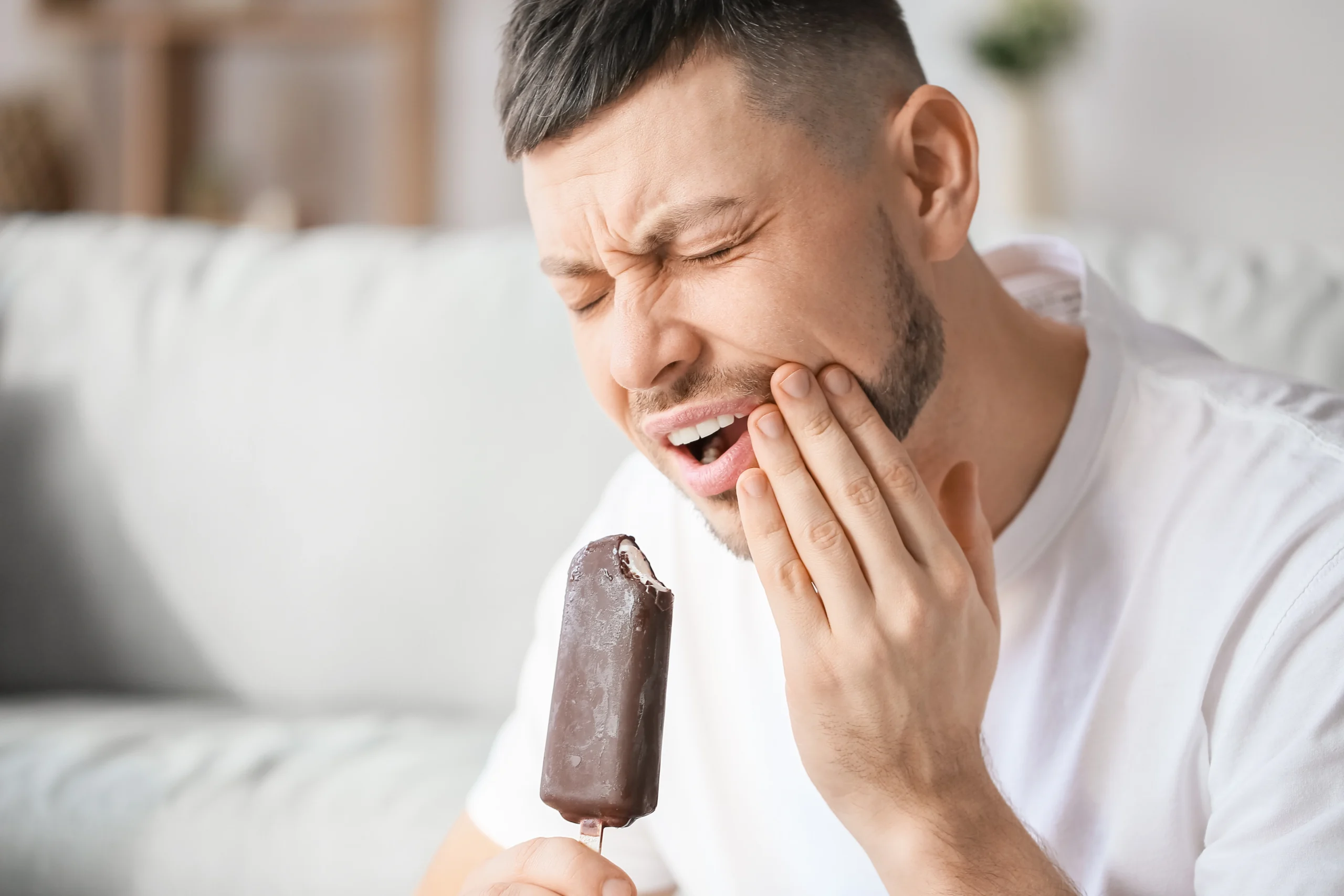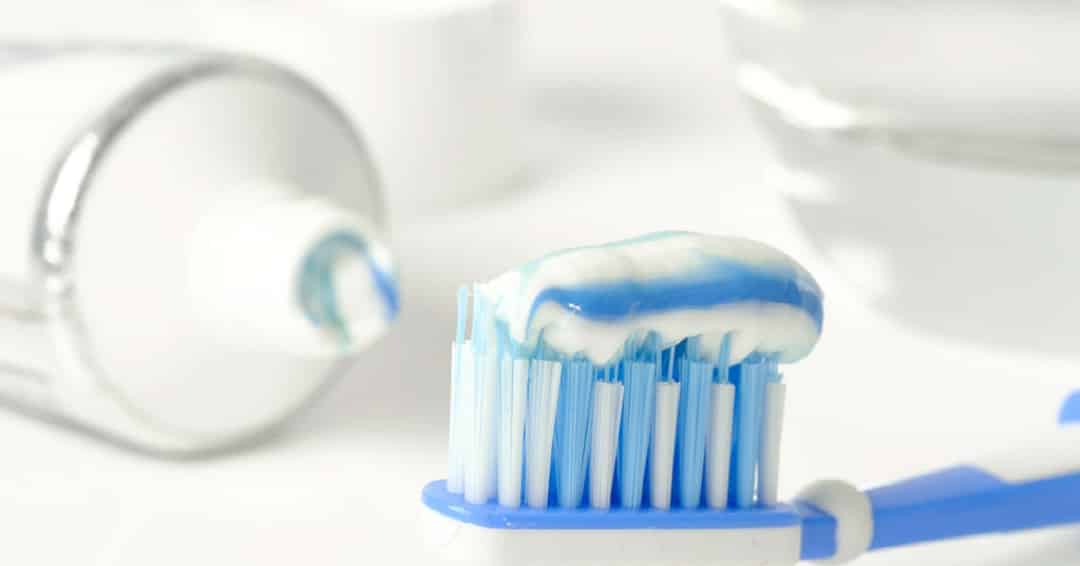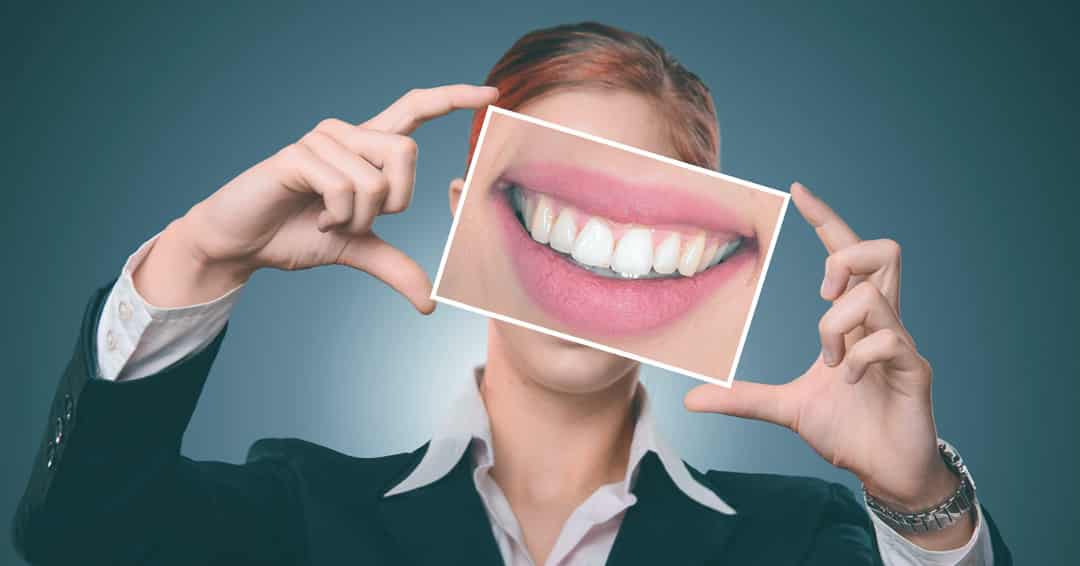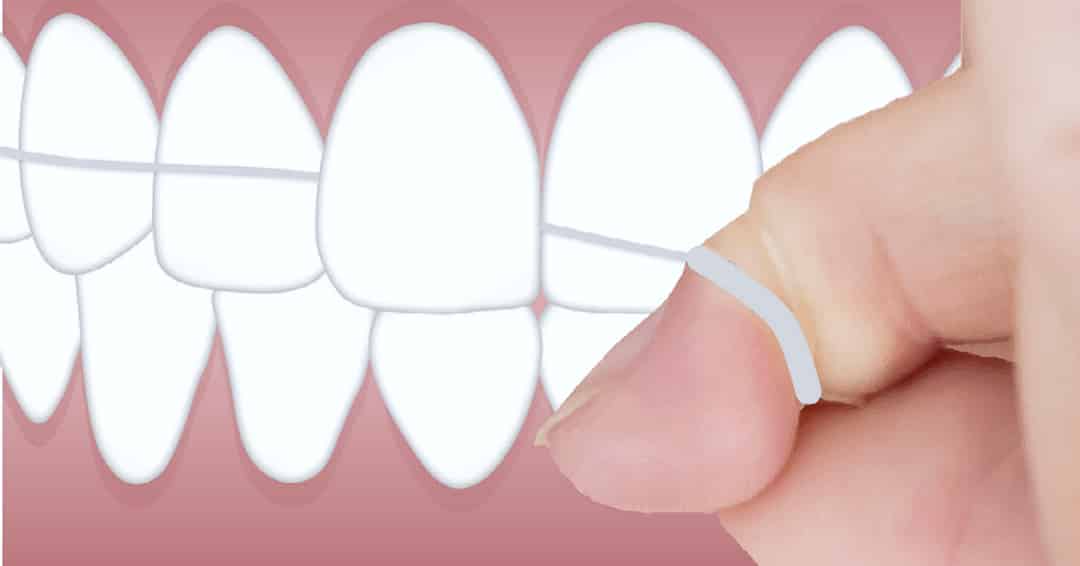Why Do You Have Sensitive Teeth? Understanding the Causes and Solutions
Sensitive teeth can be a real pain. If you've ever winced while sipping hot coffee or felt a sharp pain when biting into ice cream, you know the
Read More10 Dental Terms And Vocabulary
When you visit the dentist, you may have heard those in the office use words like enamel, maxillary, or other dental vocabulary. Knowing more about
Read MoreHow to Select the Best Dental Products
Whether you're looking for a toothbrush, floss, mouthwash, or even toothpaste, it's essential to know exactly what you're looking for. After all, how
Read More
- 1
- 2
- 3
- …
- 11
- Next Page »






